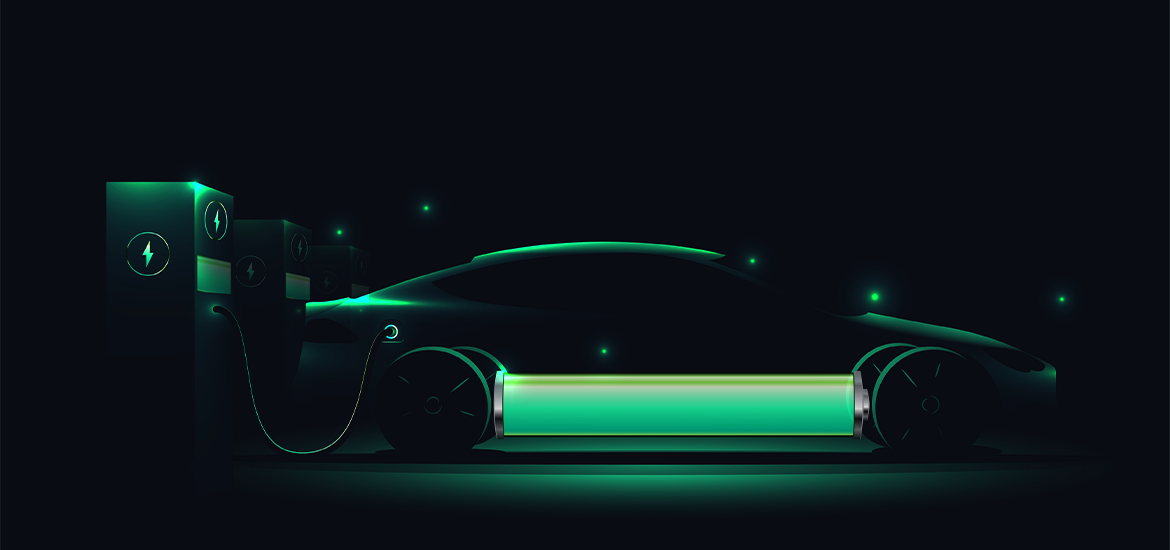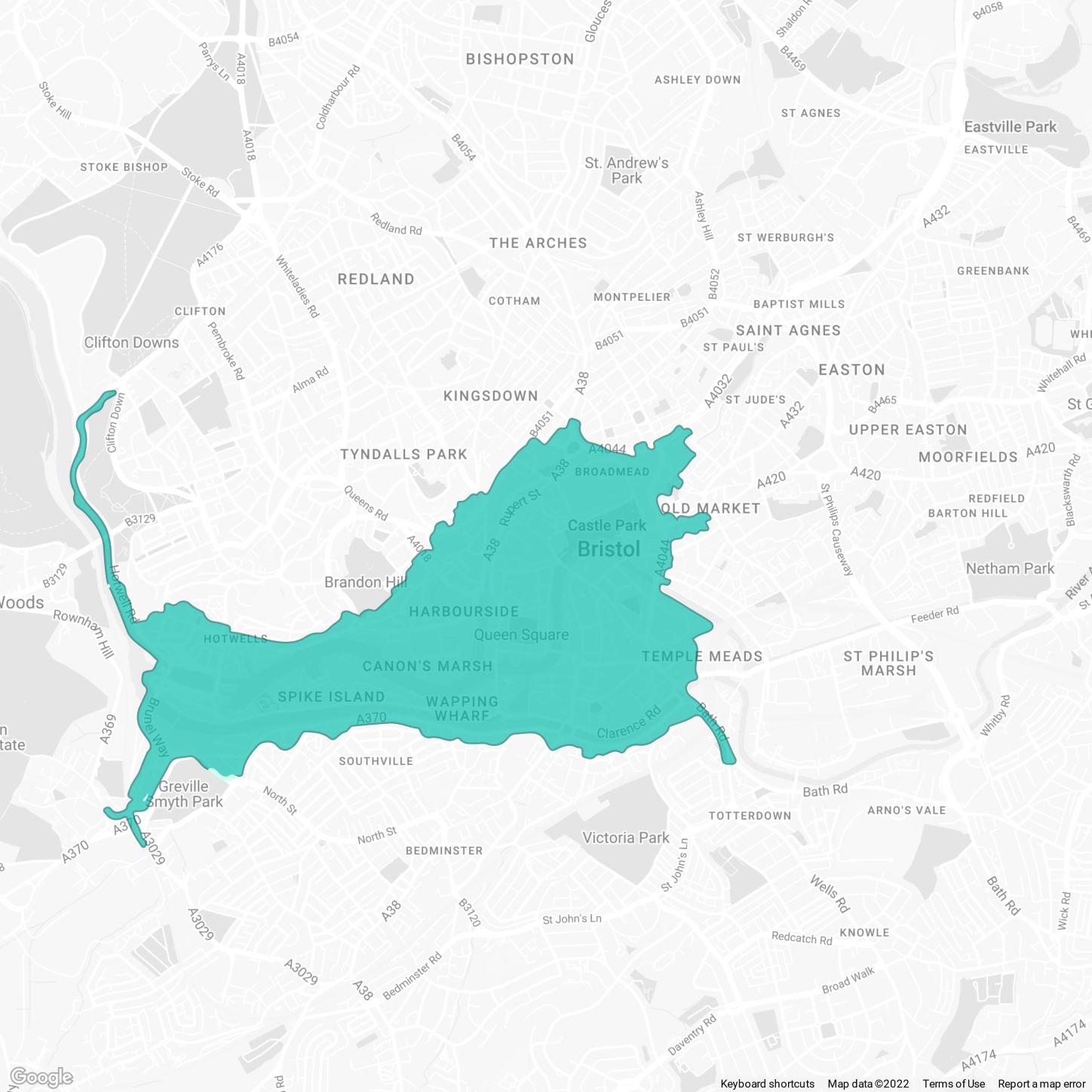
Bristol Clean Air Zone: Everything You Need to Know
Find out all you need to know about the Bristol Clean Air Zone in this article.
If you live in Bristol, or regularly drive into the city, you need to be aware of the Clean Air Zone (CAZ). The Clean Air Zone for Bristol came into effect on Monday 28th November 2022.
Read on and learn everything there is to know about the Bristol Clean Air Zone.
What is the Bristol Clean Air Zone?
Bristol’s Clean Air Zone is designed to purify the city’s air, which becomes increasingly polluted by traffic during busy periods.
By regulating the times at which certain vehicles can drive through areas of the city, this can help to reduce the level of NO2 (Nitrous Oxide) which builds up in the air.
The Bristol Clean Air Zone is an attempt to tackle the rising levels of particulate matter - this being imperceptible traces of soot, smoke, and other pollutants - which can exist as liquid droplets in the air.
Where is the Bristol Clean Air Zone?
The Bristol Clean Air Zone covers these areas and other neighbouring streets:
- Temple Way
- Redcliffe
- Saint Paul’s
- Clifton
- Southville
The scheme also covers certain neighbouring junctions.

How Was the Zone Designed?
The Bristol Clean Air has been designed to meet air quality targets in the central area, where the air quality is the worst.
The Cumberland Basin and Portway have been included in the zone as they are the main routes into the city.
The zone intends to encourage drivers and business to either update their vehicles to cleaner models or change the route.
What Vehicles Will Be Charged to Drive in the Bristol Clean Air Zone (And Which Are Exempt?)
Did you know that over 71% of vehicles driving through Bristol already meet the zone’s emissions standards? This means that it is only high-polluting and older vehicles which should be charged to drive through the Bristol Clean Air Zone.
It is a Class D Clean Air Zone, so any vehicle which doesn't comply with the following criterion will have to pay to drive through the zone:
-
Euro 4, 5 and 6 petrol vehicles
-
Euro 6 diesel vehicles
-
Full electric vehicles
-
Hydrogen fuel cell vehicles
-
Modified or retrofitted vehicles registered with the Energy Saving Trust’s Clean Vehicle Retrofit Accreditation Scheme (CVRAS)
-
Motorbikes
What are the Charges to Drive in Bristol's Clean Air Zone?
Charges will vary depending on the type of vehicle you drive, ranging from a daily charge of £9 to £100.
The following is a list of the daily charges that apply to non-compliant vehicles. These charges are in place 24 hours a day, 7 days a week:
Private petrol cars: £9
Private diesel cars: £9
Taxis: £9
Lights Goods Vehicles (under 3.5t.): £9
Heavy Goods Vehicle (over 3.5t.): £100
Buses: £100
Coaches: £100
You must pay to drive through Bristol's Clean Air Zone either:
Up to 6 days before the day of your visit
The day of your visit
Up to 6 days after the day of your visit
You won’t be notified if you have driven through the Clean Air Zone. As a driver, it is your responsibility to know whether your car meets the emissions standard and then to pay the right charge if necessary.
If you fail to pay the charge within the 13-day allocated window, you will be subject to a £120 Penalty Charge Notice (PCN). You can reduce this to £60 if you pay it within 14 days.
You can pay the charge online. If you pay to drive through the CAZ in advance but decide not to enter on that day, you can also apply for a refund.
How Can I Check If I Will Be Charged To Drive in the Bristol Clean Air Zone?
The gov.uk website has developed a handy ‘check your vehicle’ tool which can tell you whether or not your car will be charged to drive in Bristol’s Clean Air Zone. Simply enter your registration plate and have your debit or credit card nearby if you plan on paying the charge for your vehicle.
Remember, the Clean Air Zone restrictions in place in Bristol may differ from that of other locations, so be sure to check this before setting off on your journey.
Read More
How Can I Afford an Electric Car?
As electric cars are still so expensive, many drivers are worried about how they can afford to own an EV. In this article, we discuss what finance options are available, the Government grants and other ways to own an electric car.
12 Frequently Asked Questions About Electric Cars (Answered)
If you’re sceptical about electric cars, or simply don’t know that much about them, check out our FAQs page. We answer 12 of the most common questions UK drivers have to help you take the first step towards owning one.
Why Should I Buy an Electric Car?
If you’re interested in owning an electric car, you need all the facts to make an informed decision. Read this article to find out all the positives and negatives of owning and driving an EV. It could be the best thing you do this year.